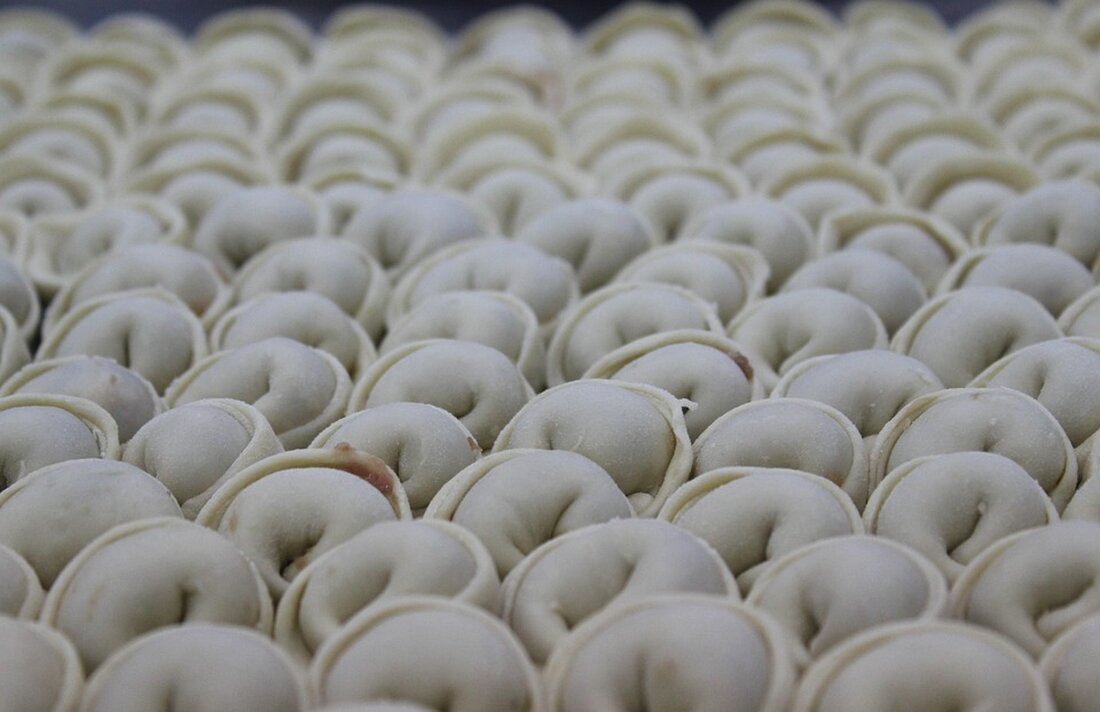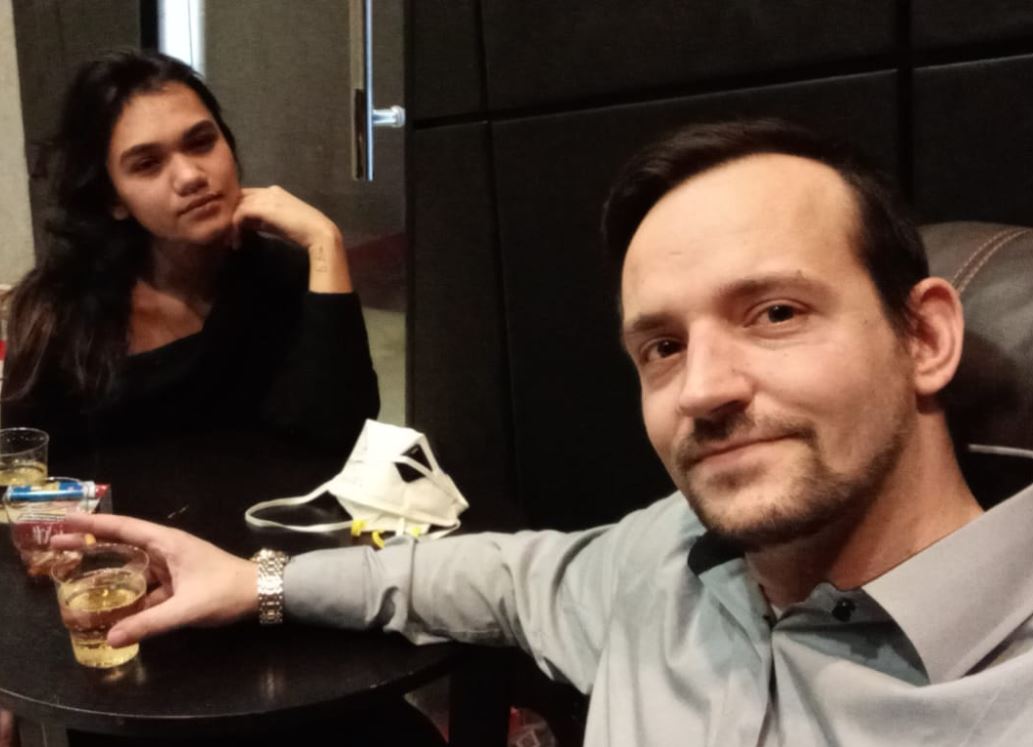Russia's summer offensive in Ukraine disappointed, Kyiv remains careful
Russia's summer offensive in Ukraine remains behind the expectations. Despite minor successes, the Kremlin pushes its attacks while Kyiv developed new tactics. A current overview.

Russia's summer offensive in Ukraine disappointed, Kyiv remains careful
for months there was talk of a eagerly awaited Russian offensive in Kiev, which should aim to take more of the eastern regions of Ukraine. So far, however, the offensive has been rather disappointing - although the Russians made progress in some areas and have increased their strength strength.
Russia's strategy and territorial claims
Russian President Vladimir Putin continues to pursue territorial profits, while the talks take a back seat on an armistice. Last week he reiterated what has been one of his central arguments for the unjustified invasion for a long time: “I consider the Russian and Ukrainian people as a single people. In this sense, the entire Ukraine belongs to us.”
Ukrainian counter -offensive and military developments
Nevertheless, the Ukrainians started counterattacks in some areas and quickly develop their own arms industry. The war economy of Russia is increasingly facing greater challenges. Russian troops try to penetrate the 1,200 kilometer front in several areas. The Ukrainian commander -in -chief Oleksandr Syrskyi reported this week that 111,000 Russian soldiers are stationed in part of front line alone - in the conflict city of Pokrovsk in Donetsk, where there are at least 50 clashes every day. This is compared to around 70,000 Russian soldiers in the region in December last year, according to the Ukrainian general staff.
Development on the front line
Syrskyi also claimed that the Russian infiltration in the northern region of Sumy had been stopped. The Institute for the Study of War, a Washington Think Tank, reports that the Ukrainian armed forces have recaptured some areas in Sumy and has approved the pace of the Russian advances in this region. "We can say that the wave of the 'summer offensive' that the enemy started from Russian territory gradually flattened," says Syrskyi.
The situation is mixed. In the past few days, Russian infantry attacks on the border between the Donetsk and Dnipropetrovsk regions have gained ground. The Russian Ministry of Defense reported on Saturday that another village, about around. Deepstate, a Ukrainian open source analyst, expressed that the Ukrainian “defendings will continue to collapse quickly and that enemy makes considerable progress ... with constant attacks” in this region.
Putin's objective and the future of the conflict
The Kremlin has long insisted that its campaign continues until it controls all the eastern regions of Donetsk, Zaporizhzhia and Cherson. In view of the current progress stamp, this would take many years. Since the Trump administration is apparently less obliged to advance negotiations on an armistice, it seems likely that the conflict will take place by the end of the year and until 2026.
The use of drones in the war
While the infantry defends or conquers areas, drones play an increasingly important role in conflict. The Russians produce massively cheap drones that are designed to overwhelm air defense and to leave through some of their rockets. This tactic is increasingly being used to attack Ukrainian cities, especially Kiev, which has suffered considerable damage and higher civilian victims in recent weeks.
The Ukrainian President Wolodymyr Selenskyj reported on Sunday that at night “477 drones in our airspace, most of them were Russian-Iranian Shaheed, together with 60 rockets of different types. The Russians have targeted everything that maintains life.” The Russians use “up to 500 (Iranian designed) Shaheds per night, combine with ballistic and marching skates - with the aim of exhausting our air defense,” said Umerov.
The long -term challenges for Russia and Ukraine
Both sides build defense industries that enable them to continue the conflict. Even if the production in Russia takes place on a much larger scale than in Ukraine, the armaments industry of the huge Russian military group Rostec generated $ 46 billion last year. However, this has also led to inflation and revealed Putin complex challenges.
The long -term prospects for Russia may be cloudy - both economically and demographically - but at short notice it can continue to finance an army of more than half a million soldiers who concentrate in and around Ukraine. Despite hundreds of thousands of fallen soldiers, the Russian military remains able to mobilize troops in a much higher number than Ukraine. In this context, Putin said last week: "We have a saying ... where the foot of a Russian soldier is, that belongs to us."

 Suche
Suche
